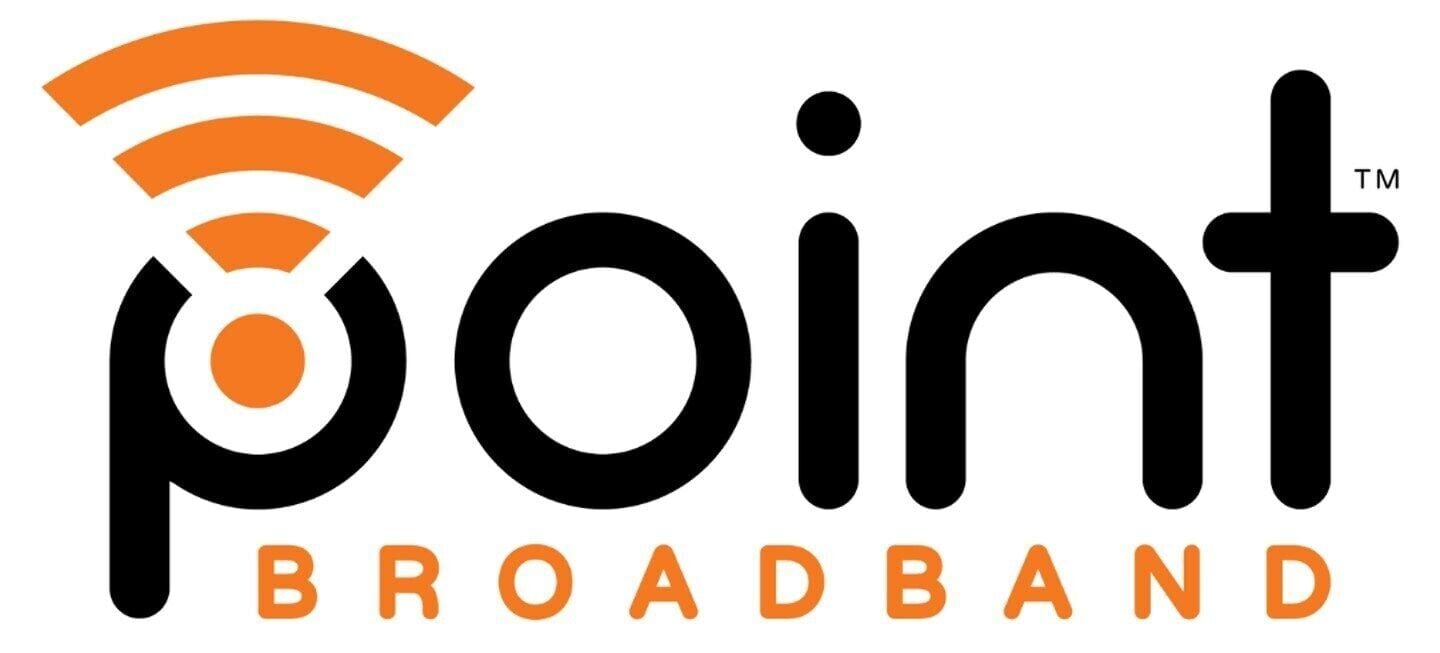The Nothing Phone (3) has entered the flagship smartphone arena with bold ambitions, but users are questioning whether its sub-flagship core can truly compete with industry titans like the Samsung Galaxy S24 Ultra. We explore the criticisms and what they mean for the future of smartphone innovation.
Nothing Phone (3) vs Samsung Galaxy S24 Ultra: When Different Isn’t Always Better
Key Takeaways:
- The Nothing Phone (3) has been released and is facing online criticism.
- Users are concerned about its sub-flagship Snapdragon 8s Gen 4 processor.
- The phone aspires to compete in the flagship market without matching flagship specs.
- Comparisons with the Samsung Galaxy S24 Ultra underscore its shortcomings.
- The situation questions whether innovation and uniqueness can outweigh performance.
A Bold Entrance Meets Immediate Critique
The third iteration of the Nothing Phone is finally here. Launched with much fanfare, the device was poised to disrupt the smartphone industry with its unique design philosophy and ambitious positioning. However, it’s already getting torched by users online. The criticisms aren’t rooted in outright deficiencies but stem from a perceived disconnect between the phone’s aspirations and its actual capabilities.
Flagship Aspirations with a Sub-Flagship Core
The Nothing Phone (3) tries to play in the flagship space with what many are calling a sub-flagship core. At the heart of the discontent is the phone’s choice of processor: it uses the Snapdragon 8s Gen 4 instead of the full-blown flagship Snapdragon SoC. This decision has left enthusiasts and potential customers questioning whether the device can deliver the performance expected of a flagship smartphone.
David vs. Goliath: The Samsung Galaxy S24 Ultra Comparison
Inevitably, comparisons are being drawn between the Nothing Phone (3) and established heavyweights like the Samsung Galaxy S24 Ultra. Samsung’s latest offering not only boasts top-tier specifications but also reflects years of refinement in design and user experience. In contrast, the Nothing Phone (3)’s innovative approach seems overshadowed by its inability to match the raw power of its competitors.
The Great Debate: Is Being Different Enough?
This scenario revives a perennial debate in technology: does innovation in design and user experience compensate for lower technical specifications? The Nothing Phone (3) embodies a fresh perspective, aiming to redefine what a smartphone can be. Yet, as one critic succinctly put it, “Different isn’t always better.” Performance remains a critical factor for consumers, especially in the demanding flagship segment.
Consumer Expectations and the Definition of Flagship
Flagship smartphones are traditionally expected to showcase the pinnacle of what a company can offer, both in terms of hardware and software. By opting for a less powerful processor, the Nothing Phone (3) challenges this notion, perhaps betting that consumers will prioritize its unique features over benchmark scores. This gamble highlights a potential shift in how companies might approach flagship devices, though it remains to be seen if the market is ready for such a change.
Lessons Learned and the Road Ahead
The mixed reception of the Nothing Phone (3) serves as a cautionary tale for new entrants looking to break into the high-end smartphone market. Innovation and differentiation are invaluable, but they may not suffice if fundamental expectations are not met. As the company navigates the feedback and charts its next steps, the industry watches closely, mindful of the delicate balance between daring to be different and delivering on core promises.
In navigating the complex terrain of consumer expectations, the Nothing Phone (3) has ignited discussions that extend beyond its own performance. It challenges competitors and newcomers alike to consider what truly matters to users. In a world where smartphones are both ubiquitous and essential, perhaps the ultimate innovation lies in harmonizing uniqueness with uncompromised capability.











